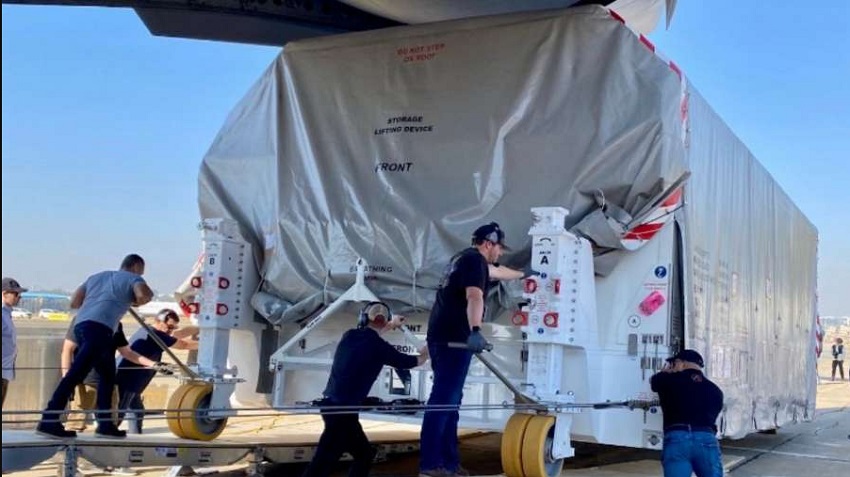Now US NISAR Satellite is of ISRO
The Indian Space Research Organisation (ISRO) has received the NASA-ISRO SAR (NISAR) satellite from the U.S. space agency. A US Air Force C-17 aircraft carrying the NASA-ISRO synthetic aperture radar (NISAR) has landed in Bengaluru.
Buy Prime Test Series for all Banking, SSC, Insurance & other exams
NISAR Satellite- All About
- NISAR was envisioned by NASA and ISRO eight years ago in 2014 as a powerful demonstration of the capability of radar as a science tool and help us study Earth’s dynamic land and ice surfaces in greater detail than ever before.
- NISAR is a Low Earth Orbit observatory jointly developed by NASA and ISRO.
- NISAR carries L and S dual-band Synthetic Aperture Radar (SAR), which operates with the Sweep SAR technique to achieve large swaths with high-resolution data. The SAR payloads mounted on Integrated Radar Instrument Structure (IRIS) and the spacecraft bus are together called an observatory.
- NISAR will be used by ISRO for a variety of purposes including agricultural mapping, and landslide-prone areas.
- NISAR will provide a wealth of data and information about the Earth’s surface changes, natural hazards, and ecosystem disturbances, helping to advance our understanding of Earth system processes and climate change.
- The mission will provide critical information to help manage natural disasters such as earthquakes, tsunamis, and volcanic eruptions, enabling faster response times and better risk assessments.
- NISAR data will be used to improve agriculture monitoring and management, such as monitoring of oil spills, urbanization, and deforestation.
- NISAR will help to monitor and understand the impacts of climate change on the Earth’s land surface, including melting glaciers, sea-level rise, and changes in carbon storage.
The satellite is expected to be launched in 2024 from Satish Dhawan Space Centre in Andhra Pradesh, into a near-polar orbit. The satellite will operate for a minimum of three years. It is a Low Earth Orbit (LEO) observatory. NISAR will map the entire globe in 12 days.
Also Read:
- ISRO successfully tests cryogenic engine of its rocket for the moon mission
- IIT incubated firm develops bharos the indigenous operating system
- Canadian and IISc astronomers detect radio signal in distant galaxy using GMRT
- MSN launches generic version of breast cancer drug Palborest




 World Basketball Day 2025 Celebrates Bas...
World Basketball Day 2025 Celebrates Bas...
 UN Celebrates Second World Meditation Da...
UN Celebrates Second World Meditation Da...
 Winter Solstice 2025 Observed on Sunday,...
Winter Solstice 2025 Observed on Sunday,...







